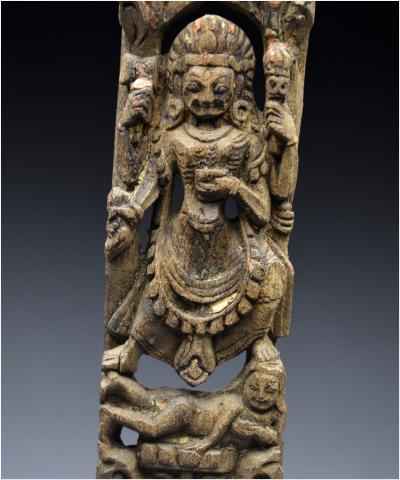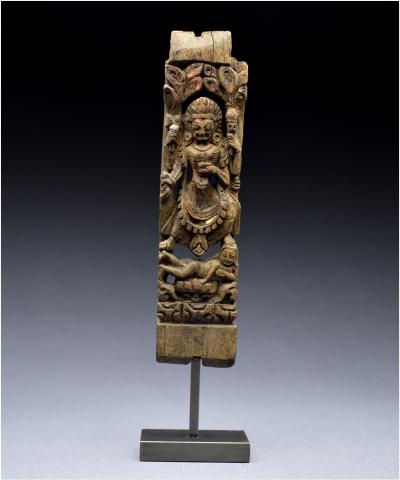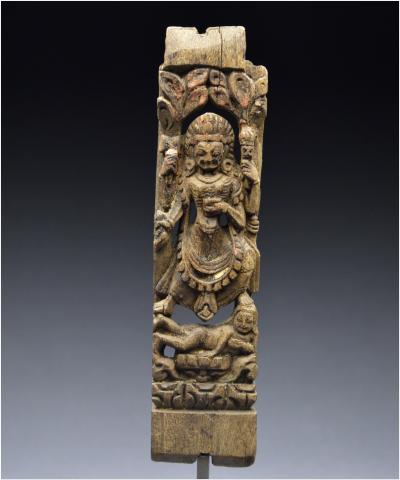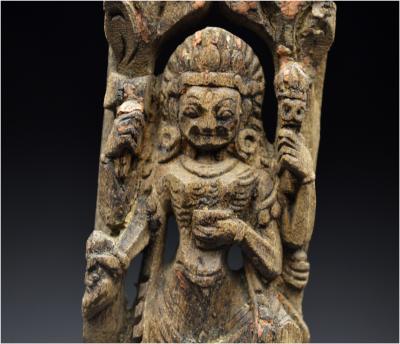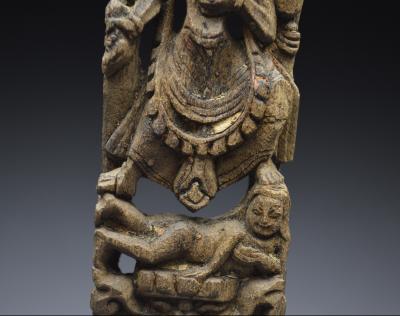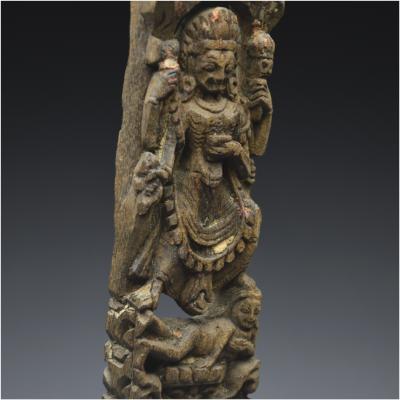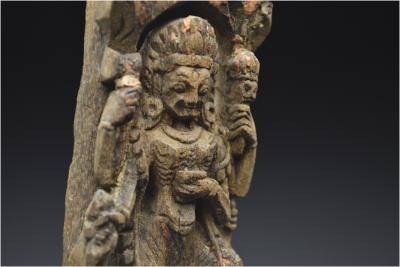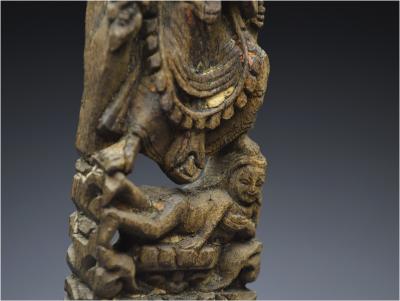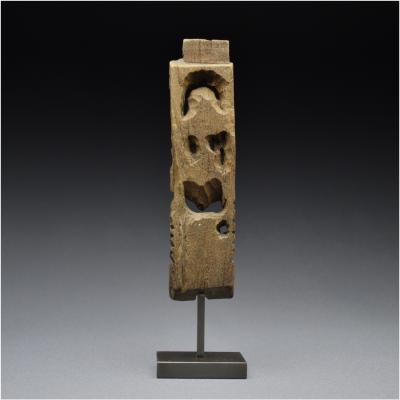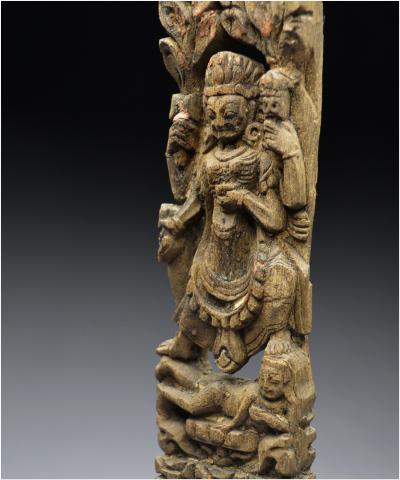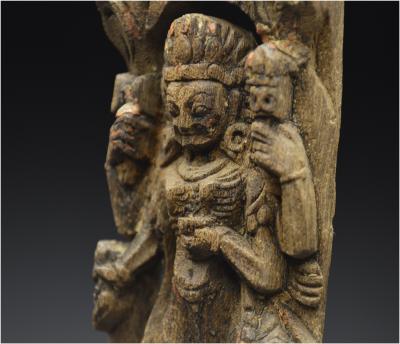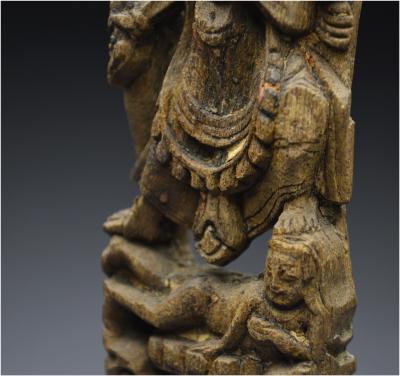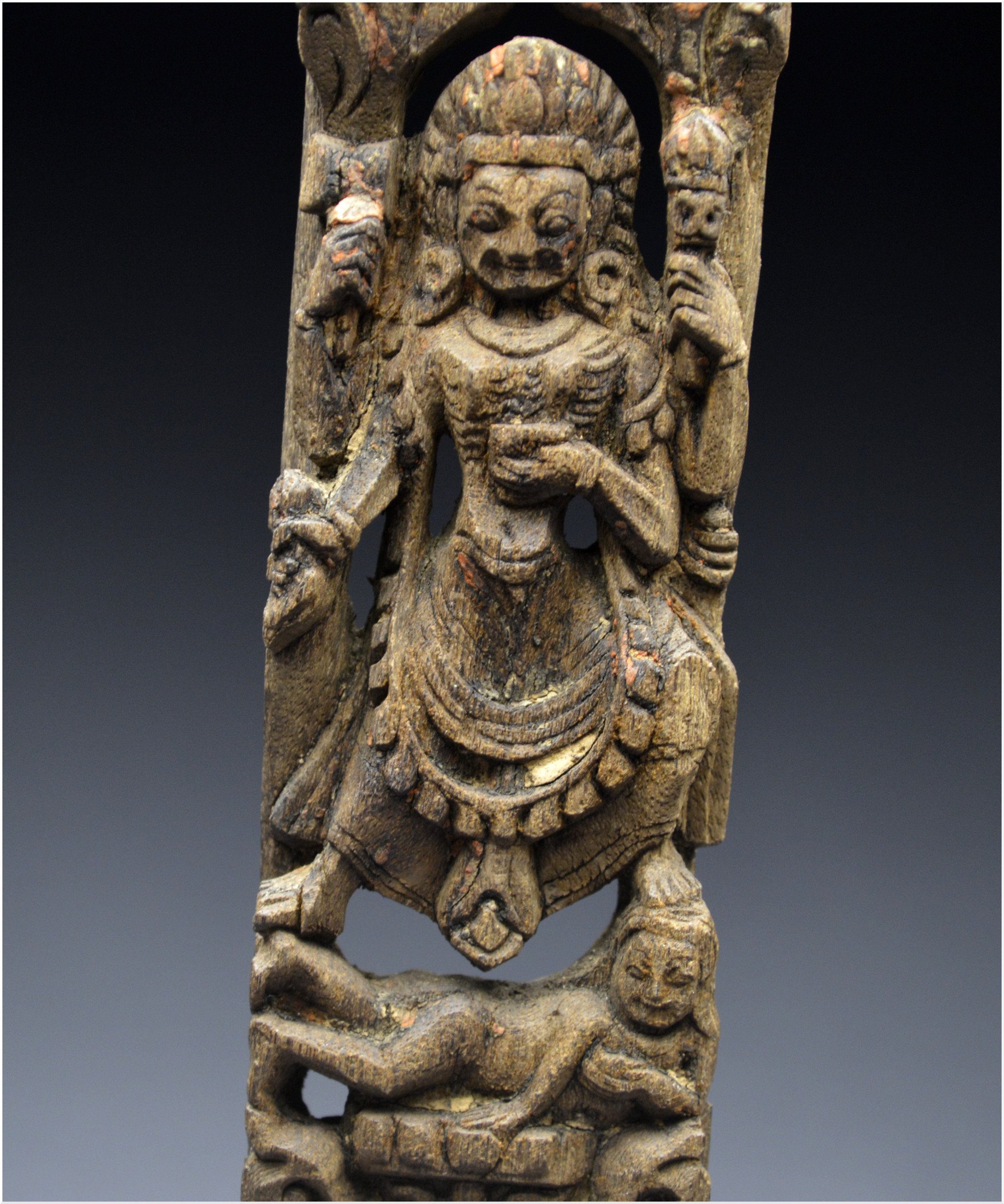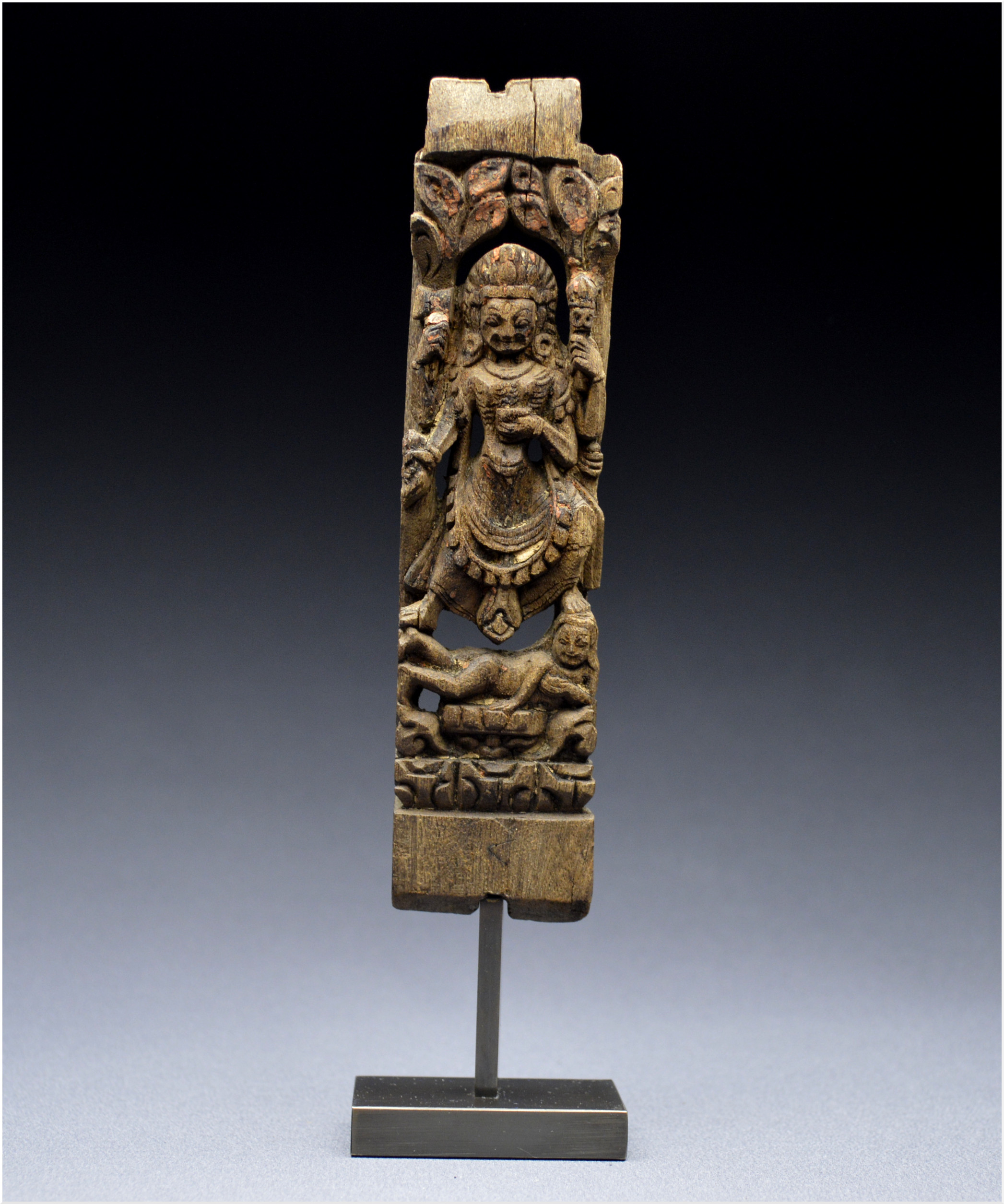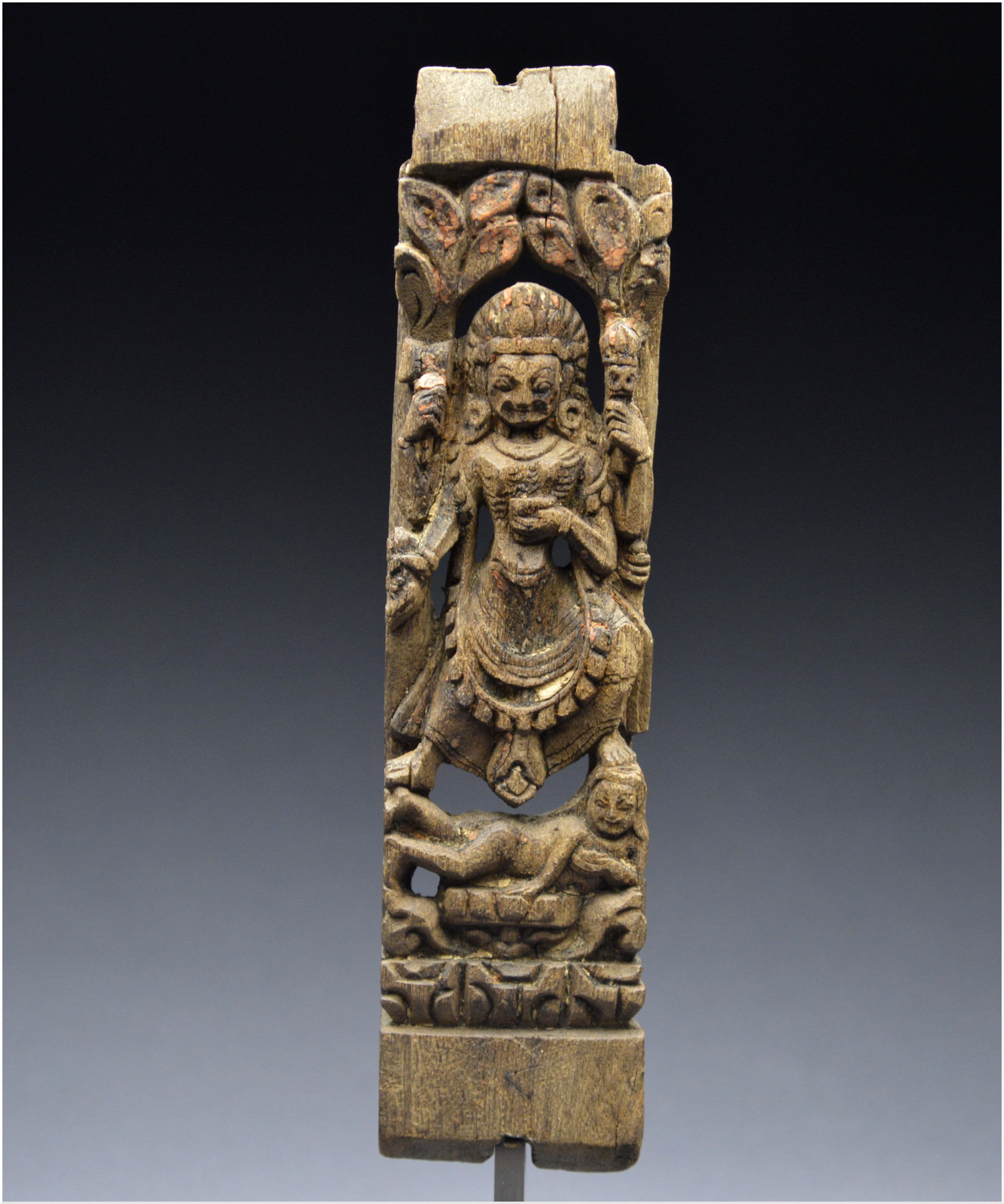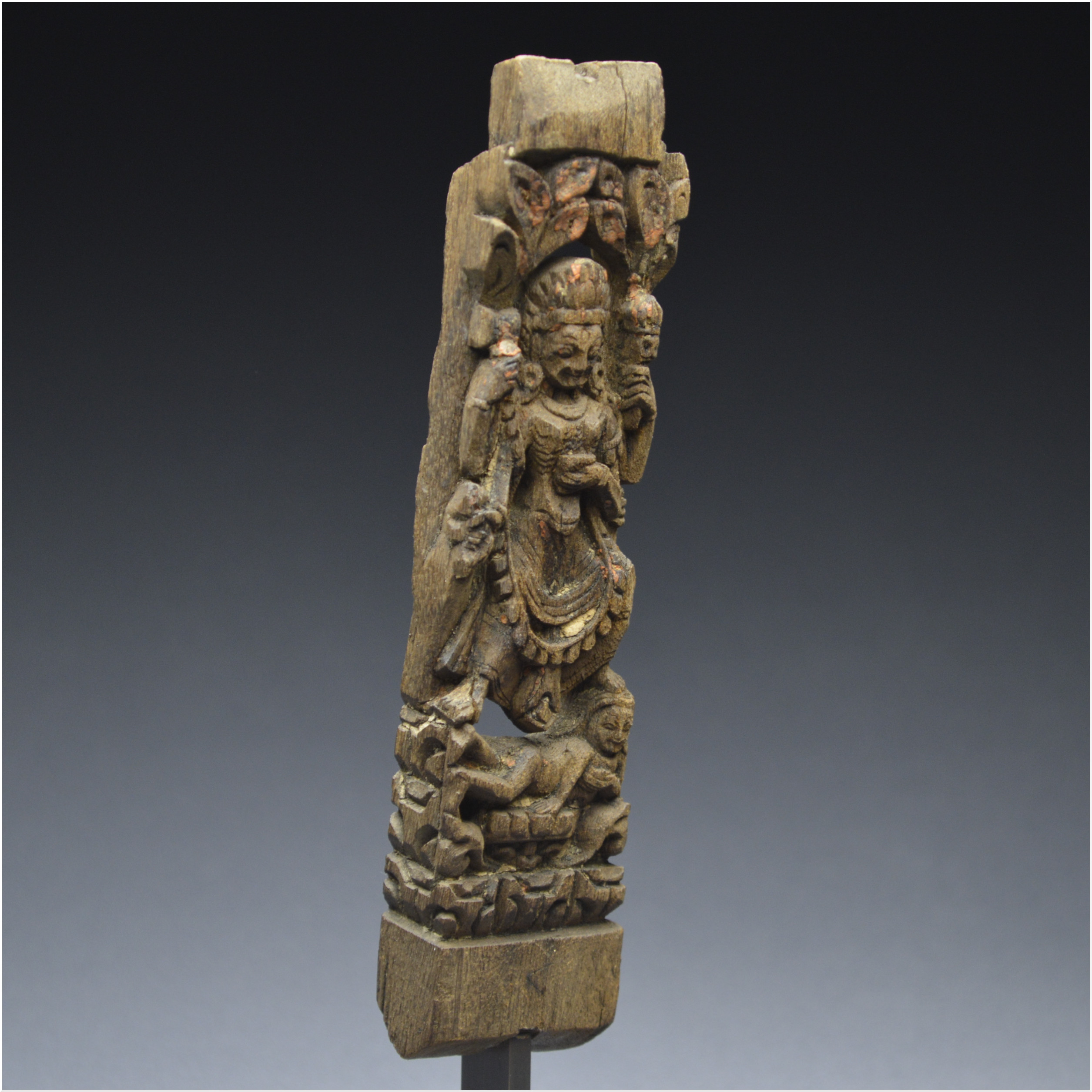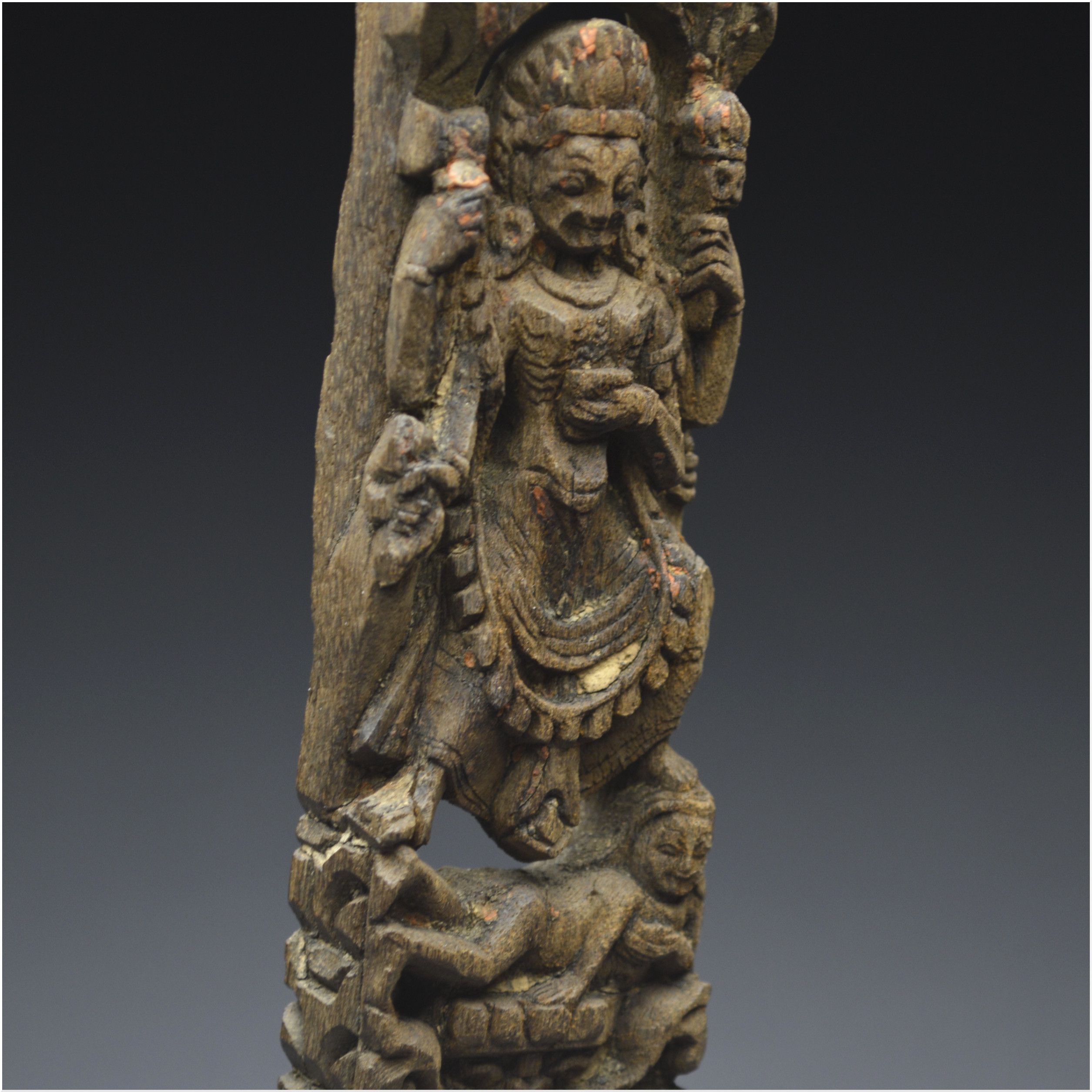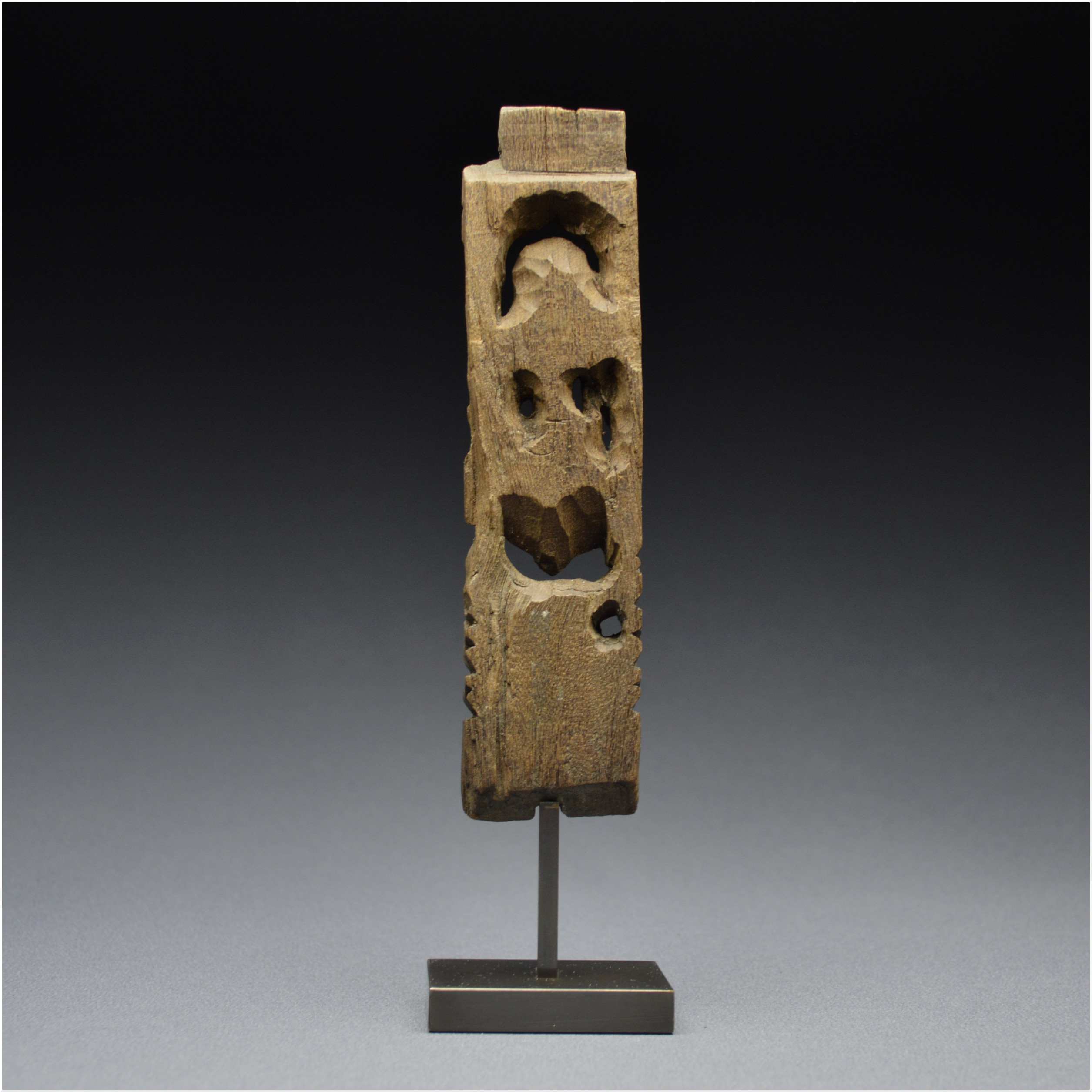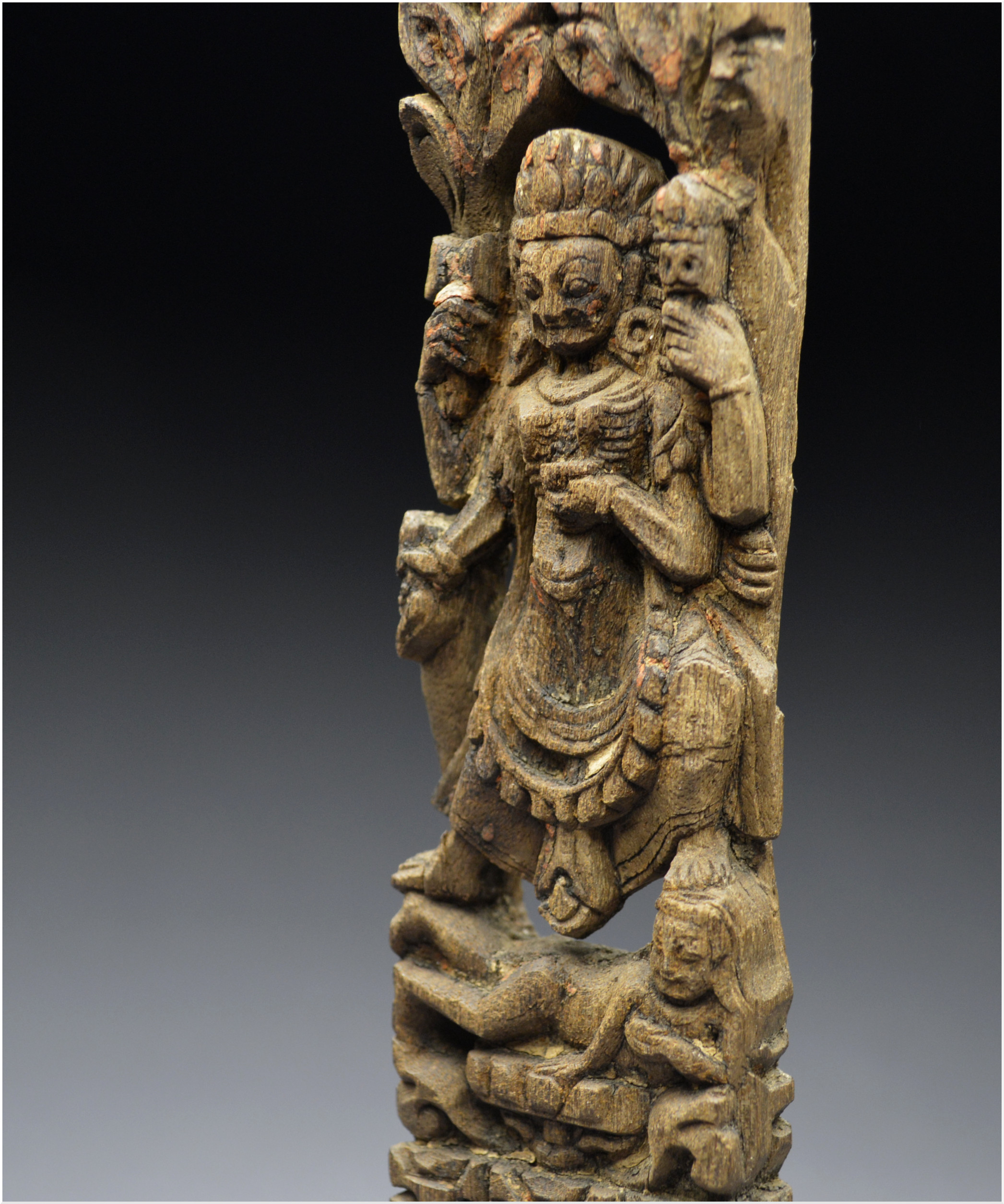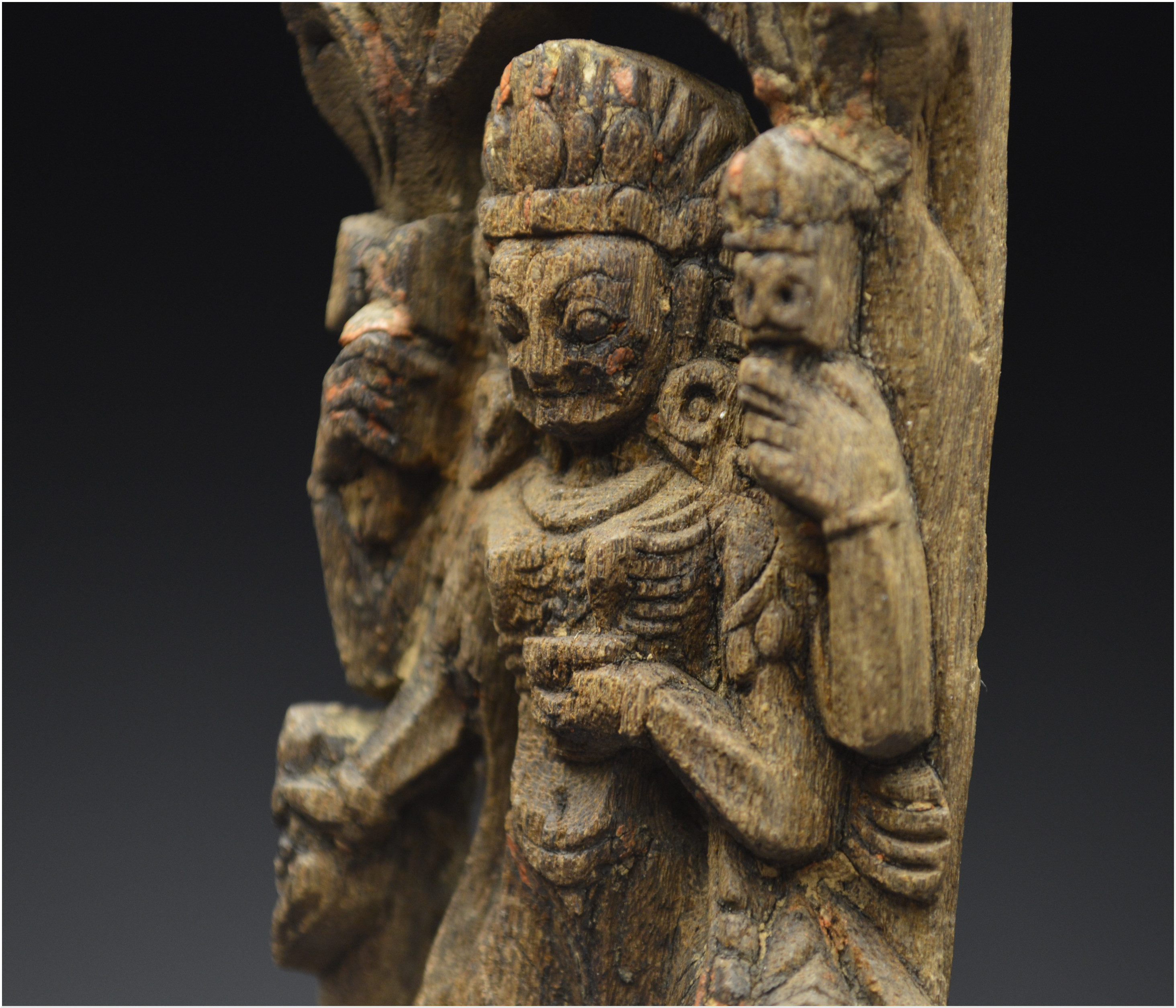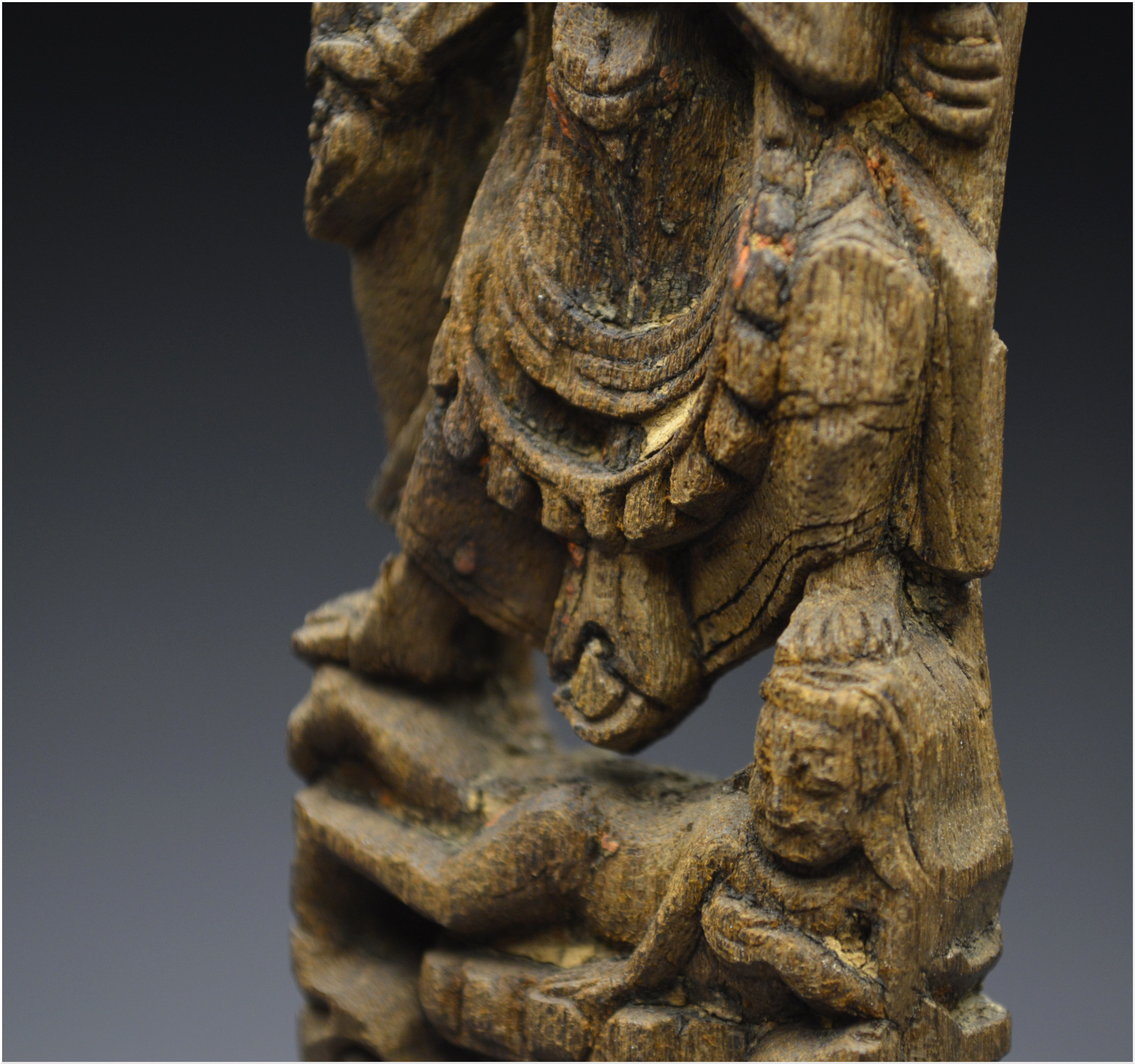Retour
Den gesamten Katalog ansehen
-
- Alex Katz(2)
- Alexander Calder(16)
- André Derain(83)
- Andy Warhol(49)
- Antoni Tapiès(26)
- Arman(35)
- Bengt Lindström(8)
- Bernard Buffet(231)
- César(13)
- Charlotte Perriand(9)
- Claude Weisbuch(49)
- Corneille van Beverloo(16)
- Eduardo Chillida(7)
- François Morellet(1)
- Georges Braque(79)
- Gustav Klimt(6)
- Hans Bellmer(18)
- Hans Hartung(26)
- Henri Matisse(200)
- Hervé Télémaque(6)
- Jacques Villeglé(3)
- Jean Cocteau(198)
- Jean Hélion(10)
- Jean Miotte(1)
- Jean Picart Le Doux(3)
- Joan Miro(113)
- Julio le Parc(1)
- Karel Appel(1)
- Keith Haring(9)
- Ladislas Kijno(3)
- Léonard Tsugouharu Foujita(53)
- Leonor Fini(106)
- Louis Toffoli(7)
- Marc Chagall(481)
- Marie Laurencin(47)
- Maurice de Vlaminck(83)
- Maurice Utrillo(22)
- Max Ernst(37)
- Mimmo Rotella(5)
- Niki de Saint Phalle(8)
- Pablo Picasso(408)
- Peter Klasen(7)
- Philippe Pasqua(4)
- Pierre Alechinsky(52)
- Pierre Soulages(32)
- Pierre Tal-Coat(6)
- Pierre-Yves Trémois(36)
- Raoul Dufy(56)
- Robert Combas(8)
- Salvador Dali(447)
- Théo Tobiasse(4)
- Tony Soulié(10)
- Valério Adami(30)
- Victor Vasarely(16)
- Yves Brayer(34)
- Zao Wou-Ki(16)
Top Künstler -
-
Retour
Den gesamten Katalog ansehen
-
- Alex Katz(2)
- Alexander Calder(16)
- André Derain(83)
- Andy Warhol(49)
- Antoni Tapiès(26)
- Arman(35)
- Bengt Lindström(8)
- Bernard Buffet(231)
- César(13)
- Charlotte Perriand(9)
- Claude Weisbuch(49)
- Corneille van Beverloo(16)
- Eduardo Chillida(7)
- François Morellet(1)
- Georges Braque(79)
- Gustav Klimt(6)
- Hans Bellmer(18)
- Hans Hartung(26)
- Henri Matisse(200)
- Hervé Télémaque(6)
- Jacques Villeglé(3)
- Jean Cocteau(198)
- Jean Hélion(10)
- Jean Miotte(1)
- Jean Picart Le Doux(3)
- Joan Miro(113)
- Julio le Parc(1)
- Karel Appel(1)
- Keith Haring(9)
- Ladislas Kijno(3)
- Léonard Tsugouharu Foujita(53)
- Leonor Fini(106)
- Louis Toffoli(7)
- Marc Chagall(481)
- Marie Laurencin(47)
- Maurice de Vlaminck(83)
- Maurice Utrillo(22)
- Max Ernst(37)
- Mimmo Rotella(5)
- Niki de Saint Phalle(8)
- Pablo Picasso(408)
- Peter Klasen(7)
- Philippe Pasqua(4)
- Pierre Alechinsky(52)
- Pierre Soulages(32)
- Pierre Tal-Coat(6)
- Pierre-Yves Trémois(36)
- Raoul Dufy(56)
- Robert Combas(8)
- Salvador Dali(447)
- Théo Tobiasse(4)
- Tony Soulié(10)
- Valério Adami(30)
- Victor Vasarely(16)
- Yves Brayer(34)
- Zao Wou-Ki(16)
Top Künstler -
-
Mein Konto anlegen
StartseiteGesamtkatalogAsiatische KunstNepalSkulturenNepal, 16.-17. Jahrhundert, Holzskulptur von Kali in ihrem Chamunda-Aspekt
Nepal, 16.-17. Jahrhundert, Holzskulptur von Kali in ihrem Chamunda-Aspekt
Nepal, möglicherweise Kathmandu-Tal 16. – 17. Jahrhundert Holzskulptur von Kali in ihrem Chamunda-Aspekt Holz mit Spuren von Polychromie Bronzesockel Übliche Abnutzung 18 x 4,2 cm ohne Sockel Privatsammlung Seltene Darstellung von Kali in ihrem Chamunda-Aspekt. Sie wird in einer furchteinflößenden Gestalt dargestellt, das abgemagerte Gesicht mit dem dritten Auge geschmückt, der Skelettkörper mit hängender Brust und hohlem Bauch, die hervorquellenden Augen, der Mund mit einem ausgeprägten Grinsen. Dargestellt ist sie unter Laubwerk stehend, auf einem Dämon sitzend (Symbol der Unwissenheit, Illusion) in der Alidha-Haltung (Schlitz nach links), letztere auf dem Bauch liegend dargestellt, das linke Bein auf das rechte gelegt, den linken Arm angewinkelt, Der rechte Arm ist ausgestreckt, die Hand ruht auf dem Boden. Die in ein einfaches Dothi gekleidete Göttin trägt eine hohe Tiara und große runde Ohrringe, die auf die Schultern fallen. Sie ist mit einer langen Girlande aus menschlichen Schädeln (Mundamala) und einer Halskette sowie Armbändern an Armen und Handgelenken geschmückt. Die Gottheit ist mit vier Armen geschmückt, die eine Kapala (menschlicher Schädel, der als Kelch dient), ein Kartri (Hackmesser), eine mit einem Totenkopf verzierte Trishula (Dreizack) und eine Damaru (Trommel) schwingen. Das gesamte Stück weist eine hohe Ausführungsqualität auf, was für ein Stück dieser Größe bemerkenswert ist.
Abmessungen :
- Höhe : 18 cm hors socle cm
- Breite : 4.2 cm hors socle cm
Abmessungen :
- Höhe : 18 cm hors socle cm
- Breite : 4.2 cm hors socle cm
Diese Anleitung wurde automatisch übersetzt.. Hier klicken um die Originalversion zu sehen EN
Nepal, possibly Kathmandu Valley 16th - 17th century Wooden sculpture of Kali in her Chamunda aspect Wood with traces of polychromy Bronze base Wear and tear 18 x 4.2 cm excluding base Private collection Rare representation of Kali in her Chamunda aspect. She is represented in a terrifying form, the emaciated face adorned with the third eye, the skeletal body with the sagging chest and the hollow abdomen, the bulging eyes, the mouth with a pronounced rictus. She is depicted standing under foliage, perched on a demon (symbol of ignorance, illusion) in the alidha attitude (split to the left), the latter represented lying on his stomach, left leg resting on the right leg, the left arm bent, the right arm outstretched, the hand resting on the ground. The goddess, dressed in a simple dothi, wears a high tiara and large circular earrings falling on her shoulders. She is adorned with a long garland made of human skulls (mundamala) and a necklace as well as bracelets on her arms and wrists. The deity is adorned with four arms brandishing a kapala (human skull acting as a cup), a kartri (cleaver), a trishula (trident) decorated with a skull and a damaru (drum). The entire piece is of high quality execution, which is noteworthy for a piece of this size.
Dieses Objekt wird von einem Experten auf dem Kunstmarkt vorgeschlagen. Seine Echtheit ist garantiert.
Zum Verkauf
Preis :
799 € Gesamtpreis inklusive Steuern
Gebühren und Steuern inklusive
Hotline
Rufen Sie uns jederzeit an, wenn Sie Fragen haben
Weitere Objekte der Kategorie « Skulturen »
Dies dürfte Ihnen ebenfalls gefallen
Eine Frage stellen
